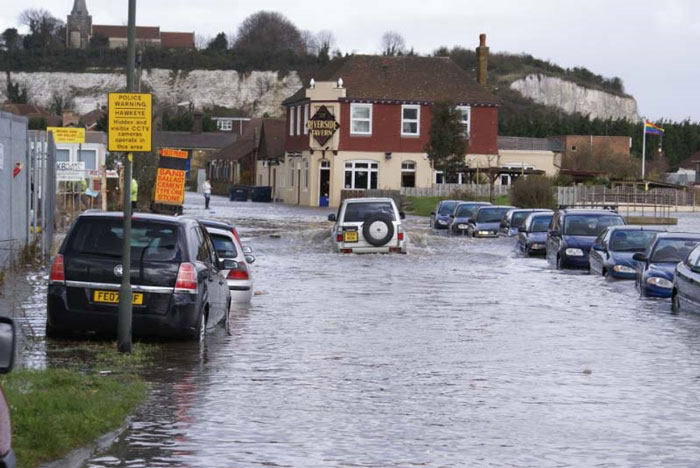La Nina weather phenomenon has reached its peak
On January 11, the World Meteorological Organization (WMO) and the Australian Bureau of Meteorology (ABM) evaluated the weather phenomenon La Nina in 2011-2012, culminating after causing severe drought in Argentina and floods. Terrifying wading in many Southeast Asian countries.
WMO and ABM data show that La Nina continues to affect the weather in the Pacific region but has shown signs of weakening.
Dry weather has caused severe drought in South America's soybean and corn areas, while heavy rain has caused widespread flooding in rubber and palm plantations in Thailand and Malaysia.

Experts estimate that the current drought caused by the La Nina weather phenomenon may cause more damage to Argentina than the 2008-2009 drought, which is considered the worst in the last 70 years. this country. At that time, drought caused Argentina's soybean production to fall 31% to 32 million tons - the lowest level in 7 years, corn production of 15.5 million tons, down 30%.
Last year, the United States suffered similar losses when corn production hit its lowest level in three years. This fact has seriously affected the price of some agricultural products in the world market, specifically, the price of corn has increased by 13% while the price of soybeans and wheat has also increased by 11%.
Heavy rain also reduced palm oil production in December 2011 in Malaysia, the second largest palm oil producer in the world, down 1.63 million tons, the lowest level in the last 9 months.
Floods also drastically reduced rubber production in Thailand, resulting in a 3.6% increase in the market price of rubber in January.
- 'The phenomenon of La Nina will end globally
- What is La Nina phenomenon?
- The North is about to enter the peak of the winter cold
- WMO: La Nina's weather phenomenon is about to end
- La Nina phenomenon continues to last until early 2008
- NASA: We are experiencing the peak of El Nino
- La Nina may be the cause of a pandemic
- Vietnam may suffer from heavy rain
- La Nina is coming back
- El Nino is about to end in the Caribbean
- El Nino goes, La Nina comes
- Frost appears on Fansipan peak
 Is the magnetic North Pole shift dangerous to humanity?
Is the magnetic North Pole shift dangerous to humanity? Washington legalizes the recycling of human bodies into fertilizer
Washington legalizes the recycling of human bodies into fertilizer Lightning stone - the mysterious guest
Lightning stone - the mysterious guest Stunned by the mysterious sunset, strange appearance
Stunned by the mysterious sunset, strange appearance